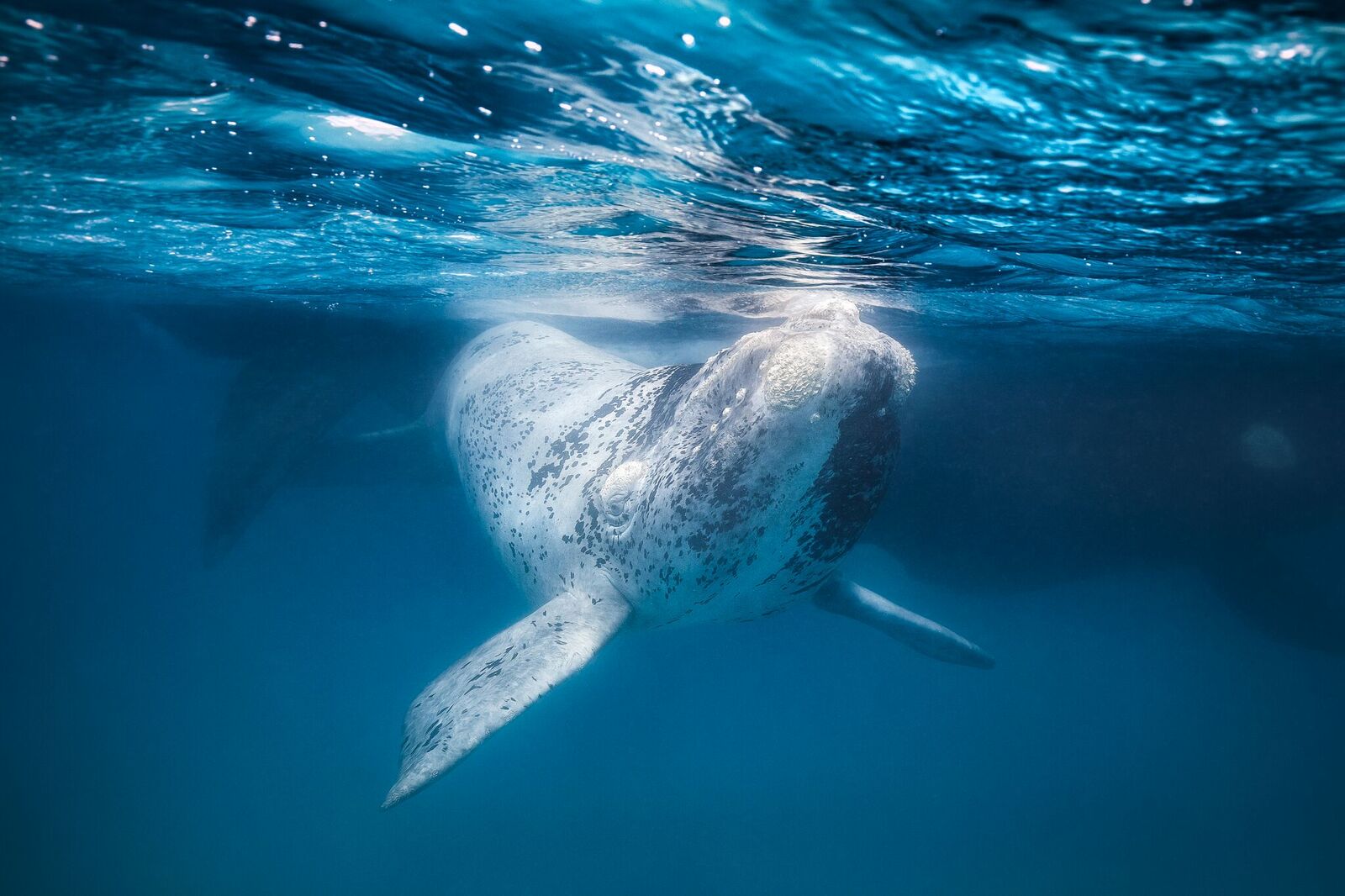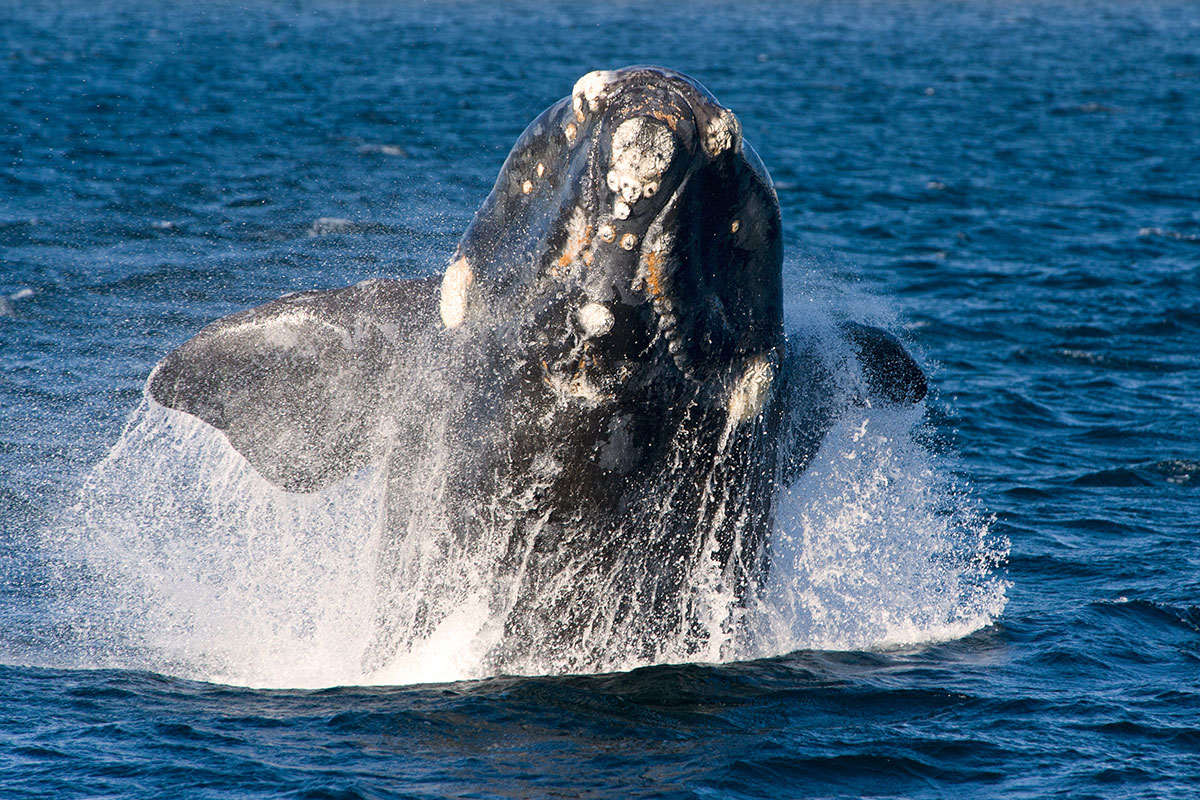


in 1972, but humans remain the right whale’s biggest threat.
#Right whale full
But by the early 1890s, the right whale, so named because commercial whalers considered it “the right whale to kill” - relatively slow, easily visible from the coast, and full of blubber so their carcasses would float - were on the brink of extinction. Historically, as many as 21,000 North Atlantic right whales lived off the East Coast of the U.S. “If we don’t do anything, this species will be functionally extinct in 25 years.” “The next five years are critical,” says Sarah Sharp, a veterinarian with the International Fund for Animal Welfare. Scientists are using cutting-edge acoustic technology to monitor right whales and identify where they are coming into contact with ships and fishing lines rescue teams in the United States and Canada are scrambling to disentangle animals when they’re spotted and environmental advocates are making significant headway suing state and federal agencies to enforce provisions of the Endangered Species Act (ESA) and Marine Mammal Protection Act, which were written to protect the whales from extractive industries like lobster fishing. The fight to save them, led by biologists and conservation groups, has grown urgent - in the water and in the courts. Too often they become tangled in those lines, or are struck by a ship. They live along the East Coast, from northern Florida to Canada, where the 50-foot-long, 140,000-pound leviathans must navigate through millions of commercial fishing lines - primarily lobster traps - and one of the world’s most crowded shipping channels. Scientists announced last month that there are only about 360 of the animals left, down roughly 50 from the previous year’s survey. The North Atlantic right whale is one of the most endangered species on the planet. Unfortunately, both whales had suffered an increasingly common fate: They were entangled in fishing ropes and were likely to die. The second was just a few weeks ago, in early October, roughly 3 miles east of Sea Bright, New Jersey. “That was a beautiful shot,” Raslich says, proudly. The first time was an unseasonably warm December day in 2016, when he managed to snap a striking image of a right whale’s dark tail against the backdrop of the New York City skyline.
#Right whale professional
In that time Raslich, a professional photographer, has glimpsed a North Atlantic right whale, the world’s rarest cetacean, only twice. Artie Raslich has been volunteering for seven years with the conservation group Gotham Whale, working on the American Princess, a whale-watching boat based in Sheepshead Bay, Brooklyn.


 0 kommentar(er)
0 kommentar(er)
